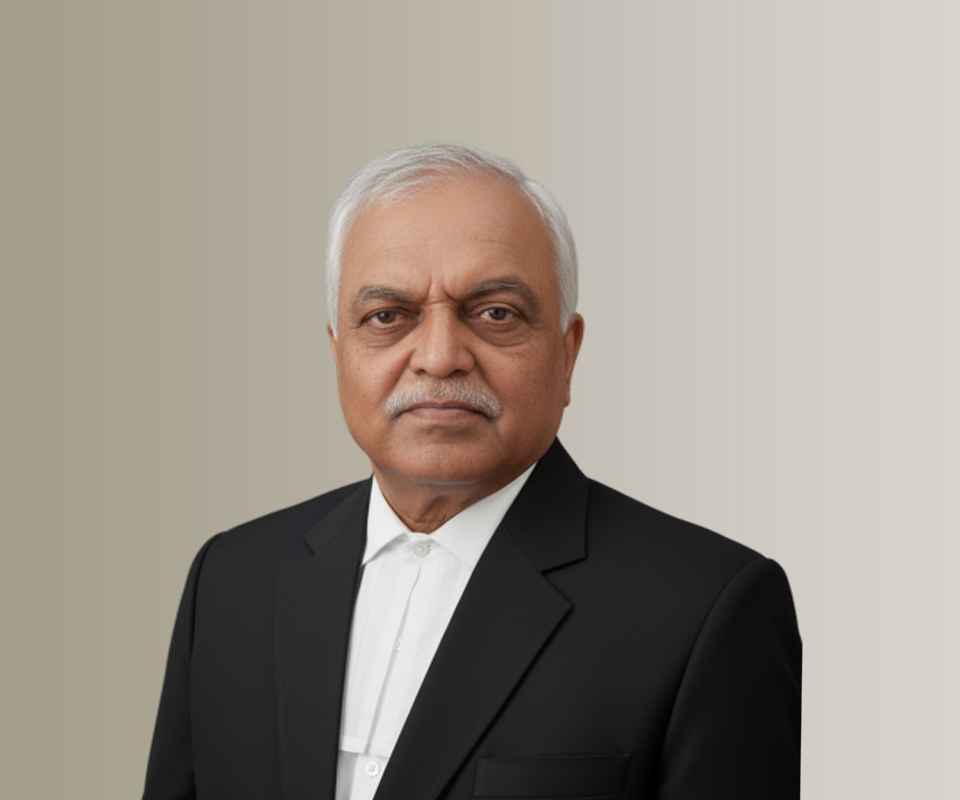Answer By law4u team
The Safe Third Country Agreement (STCA) is a bilateral agreement between Canada and the United States that governs the ability of asylum seekers to claim refugee status in Canada when they are coming from the U.S. The agreement limits access to asylum based on the concept that if a person has passed through another safe country (like the U.S.), they should claim asylum there instead of Canada.
How the Safe Third Country Agreement Works:
Principle of the Agreement:
Under the Safe Third Country Agreement, Canada and the U.S. consider each other to be safe countries for asylum seekers. This means that, generally, if you are seeking refuge in Canada but have already passed through the U.S., you must file your asylum claim in the U.S. rather than Canada.
How It Affects Asylum Seekers:
If you arrive at a land border between Canada and the U.S., and you are coming from the U.S., you will be turned back to the U.S. to claim asylum there, unless you meet one of the exceptions.
The agreement does not apply to individuals arriving at airports, so asylum seekers who arrive in Canada by air, even if they are coming from the U.S., can still claim asylum in Canada.
Additionally, if an asylum seeker is in Canada and is at risk of being sent back to the U.S. under the STCA, they can apply for a protection claim, and Canada will assess whether they meet the criteria for protection.
Exceptions to the Safe Third Country Agreement:
There are specific situations where the STCA does not apply, and individuals can still claim asylum in Canada, even if they passed through the U.S. For example:
- Family Members: If you have close family members (such as a spouse or dependent children) in Canada, you may be allowed to make a claim.
- Unaccompanied Minors: If you are an unaccompanied minor, the STCA does not apply.
- Risk of Persecution: If you can demonstrate that you would face persecution or harm in the U.S. due to your race, religion, nationality, or other protected grounds, you may be allowed to claim asylum in Canada.
- Unusual Circumstances: There are some exceptional situations where Canada may allow asylum claims even if you arrived from the U.S., such as if you are in a vulnerable situation.
Controversy and Challenges:
The STCA has been controversial, as many argue that the U.S. is not always a safe country for all asylum seekers, particularly in the context of policies such as family separations and detention of migrants. Critics of the agreement argue that some asylum seekers face risk and poor treatment in the U.S. and should be allowed to claim asylum in Canada without being turned back.
Court Challenges:
There have been legal challenges to the STCA in Canada, with opponents arguing that it violates human rights and international law, particularly the right to seek asylum. Some rulings have found parts of the agreement problematic, especially for those facing dangers in the U.S.
Recent Developments:
The Canadian government has faced pressure to suspend or change the STCA. While the agreement remains in place as of now, it is subject to ongoing debates, and the Canadian courts have ruled on cases questioning its constitutionality. Some advocates continue to push for changes to ensure that asylum seekers have access to a fair process, no matter where they arrive.
Example:
If an Indian citizen who has been persecuted in India travels to the U.S. and then attempts to cross the U.S.-Canada border to seek asylum in Canada, they may be turned back by Canadian authorities under the Safe Third Country Agreement. However, if they can demonstrate that they face harm or danger in the U.S. (such as being at risk of detention or deportation), they might be allowed to claim asylum in Canada despite having passed through the U.S.
Conclusion:
The Safe Third Country Agreement is designed to prevent asylum seekers from shopping for the most favorable country for their refugee claim. While it applies to land border crossings between Canada and the U.S., it does not apply to arrivals by air or individuals who meet specific exceptions. The agreement remains a key element in the immigration and refugee policies between the two countries but continues to face legal challenges and criticism regarding its fairness and impact on vulnerable populations.







